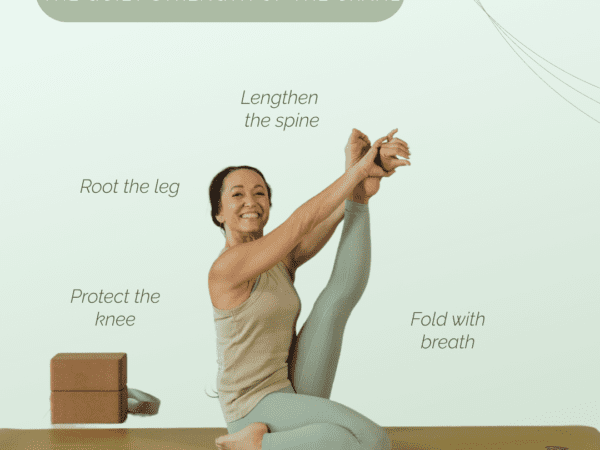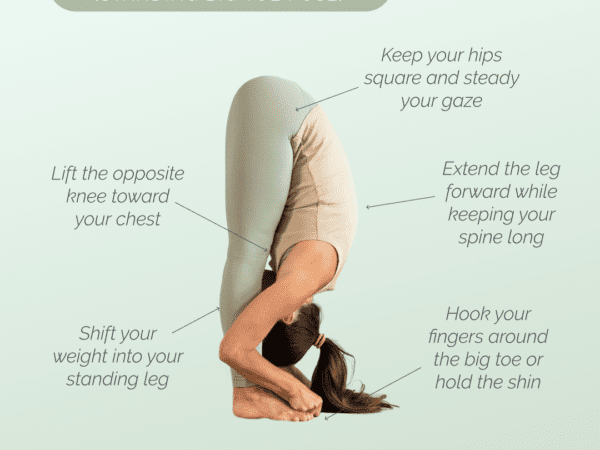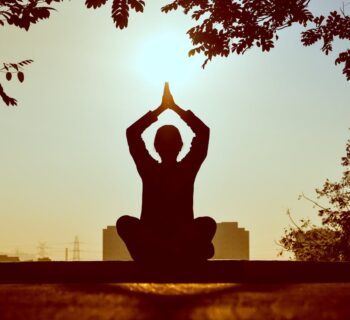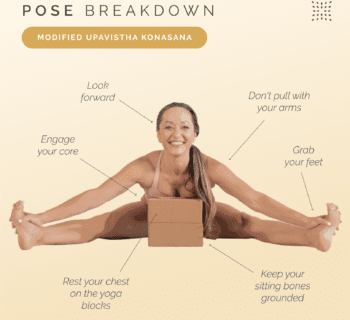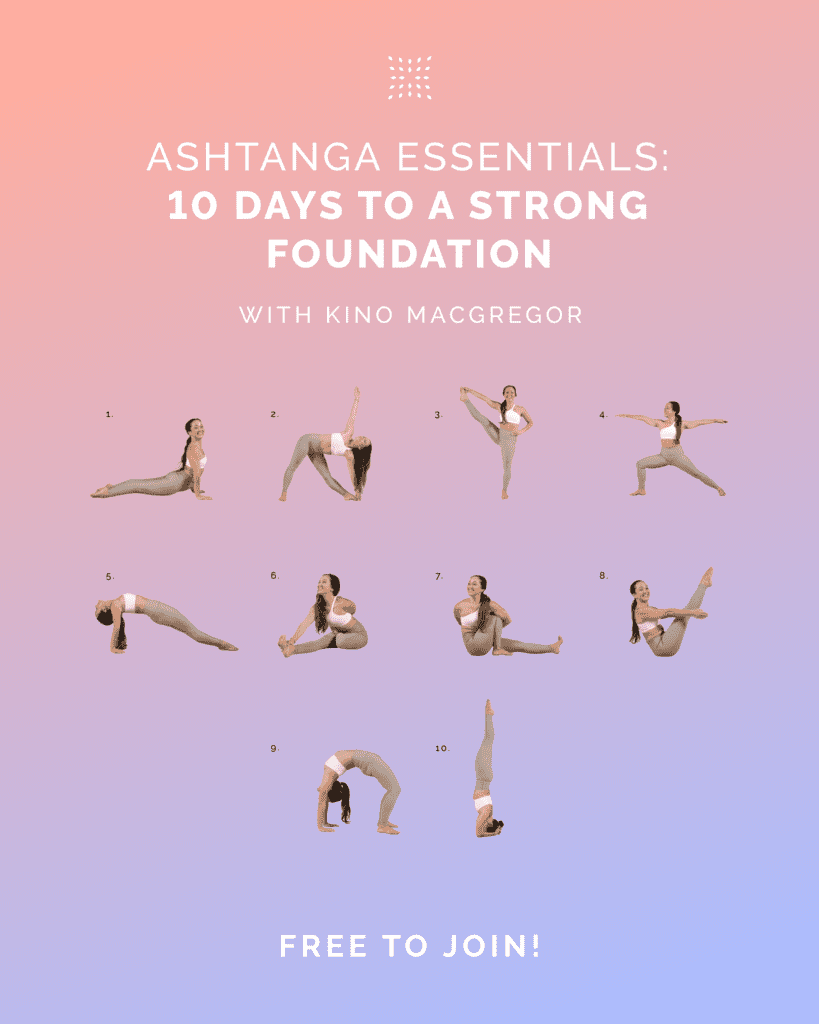Are you looking to improve your flexibility, strengthen your hips, and find a sense of inner calm? Look no further than Baddha Konasana, also known as the Bound Angle Pose or Butterfly Pose. This iconic yoga posture is not only physically beneficial but also has a profound impact on your mental and emotional wellbeing. In this article, we will guide you through the steps of performing Baddha Konasana, explain the numerous benefits it offers, and provide you with essential precautions to ensure a safe and effective practice. So, grab your yoga mat and get ready to experience the transformative power of Baddha Konasana.
What are the benefits of baddha konasana?
Baddha Konasana, also known as Bound Angle Pose or Butterfly Pose, is a simple yet powerful yoga asana that offers numerous benefits to the body and mind. This pose is especially beneficial for beginners as it can be easily modified to accommodate various levels of flexibility. Let’s explore some of the incredible benefits of practicing Baddha Konasana:
Opens the hips: Baddha Konasana is renowned for its ability to stretch and open the hips, including deep muscles like the psoas. By bringing the soles of the feet together and gently pressing the knees down towards the ground, this pose helps to release tension and tightness in the hip joints. Regular practice of this asana can improve flexibility and increase the range of motion in the hips.
Calms the mind: Baddha Konasana is a deeply grounding pose that can help to calm the mind and reduce anxiety and stress. This pose activates the parasympathetic nervous system, which promotes a state of rest and relaxation. You can use this pose in meditation practice.
Improves posture: Regular practice of Baddha Konasana can improve posture by strengthening the muscles of the back and abdomen. It helps to counteract the effects of sitting for long hours, which often leads to rounded shoulders and a hunched back. By opening the chest and lengthening the spine, this pose promotes a tall and upright posture.
What are the contraindications of baddha konasana?
While Baddha Konasana offers numerous benefits, there are a few precautions to keep in mind. If you have any of the following conditions, it is advisable to avoid or modify this pose:
Knee or groin injury: If you have any knee or groin injuries, it is best to avoid Baddha Konasana or modify the pose using props like blocks or blankets to support the knees and hips.
Hip or pelvic issues: If you have hip or pelvic issues, such as hip impingement or pelvic instability, it is recommended to avoid Baddha Konasana or modify the pose to reduce strain on the hips and pelvis. Consult with a qualified yoga instructor or healthcare professional for guidance on modifications.
Pregnancy: Baddha Konasana can be practiced during pregnancy, but it is important to modify the pose to ensure comfort and safety. Avoid excessive stretching and use props to support the belly and hips. It is always best to consult with a prenatal yoga instructor or healthcare provider for guidance.
Things to consider when practicing Baddha Konasana
Warm-up: Before attempting Baddha Konasana, it is important to warm up the body with gentle stretches and movements. This will prepare the muscles and joints for the pose and reduce the risk of injury.
Alignment: Pay attention to proper alignment in Baddha Konasana to avoid strain and injury. Keep the spine long, chest open, and shoulders relaxed. Engage the core muscles to support the back and maintain stability in the pose.
Props: Props can be used to support the knees and ease tension in the hips so you don’t overstretch. Place yoga blocks beneath the knees to at whatever level you need to give your knees and hips support. . If you have tight hips or groin muscles, you can also use blocks or bolsters to elevate your hips and provide support. This will help you maintain proper alignment and prevent strain or discomfort in the pose.
Breath awareness: As you practice Baddha Konasana, focus on your breath. Take slow, deep breaths and allow your breath to guide you deeper into the pose. This will help you relax and release tension in your body, and also enhance the benefits of the pose.
Mind-body connection: Baddha Konasana is not just a physical pose, but also a reflection of the mind-body connection. As you sit in this pose, take a moment to tune into your body and observe any sensations or emotions that arise. Use this time to cultivate mindfulness, self-awareness, and a sense of inner calm.
Step-by-step how to do Baddha Konasana
Start by sitting on the floor with your legs extended in front of you.
Bend your knees and bring the soles of your feet together, allowing your knees to open out to the sides.
Use your hands to hold onto your ankles or feet, depending on your flexibility.
Lengthen your spine by sitting tall and lifting the crown of your head towards the ceiling.
Let your hips relax and open, allowing your knees to drop toward the floor.
Keep your shoulders relaxed and away from your ears.
Take slow, deep breaths and feel the stretch in your groin and inner thighs.
Stay in the pose for 5-10 breaths or as long as feels comfortable.
What should you do when you feel discomfort in baddha konasana?
Remember, Rome wasn’t built in a day, and neither is a flexible body. If you experience discomfort in Baddha Konasana, it might mean your body needs more time to open up. Respect your limitations and gradually increase the duration and intensity of the pose over time. Instead of forcing yourself into a deep stretch, focus on finding a sustainable and comfortable range of motion. With consistent practice, you will witness your flexibility and comfort in the pose improve naturally.
In the realms of yoga, discomfort is not to be feared but rather embraced as an opportunity for growth and self-awareness. In Baddha Konasana, discomfort can serve as a gentle reminder to listen to your body, make modifications, and progress at your own pace. By honoring your body’s needs and finding ease within the pose, you will cultivate a deeper connection with yourself and experience the numerous benefits of Baddha Konasana.
Watch this YouTube video to find out more about the pose.
Are you looking for more guidance on your yoga journey? Sign up for Omstars to get access to thousands of yoga classes in the comfort of your own home. Click here to start your subscription.



